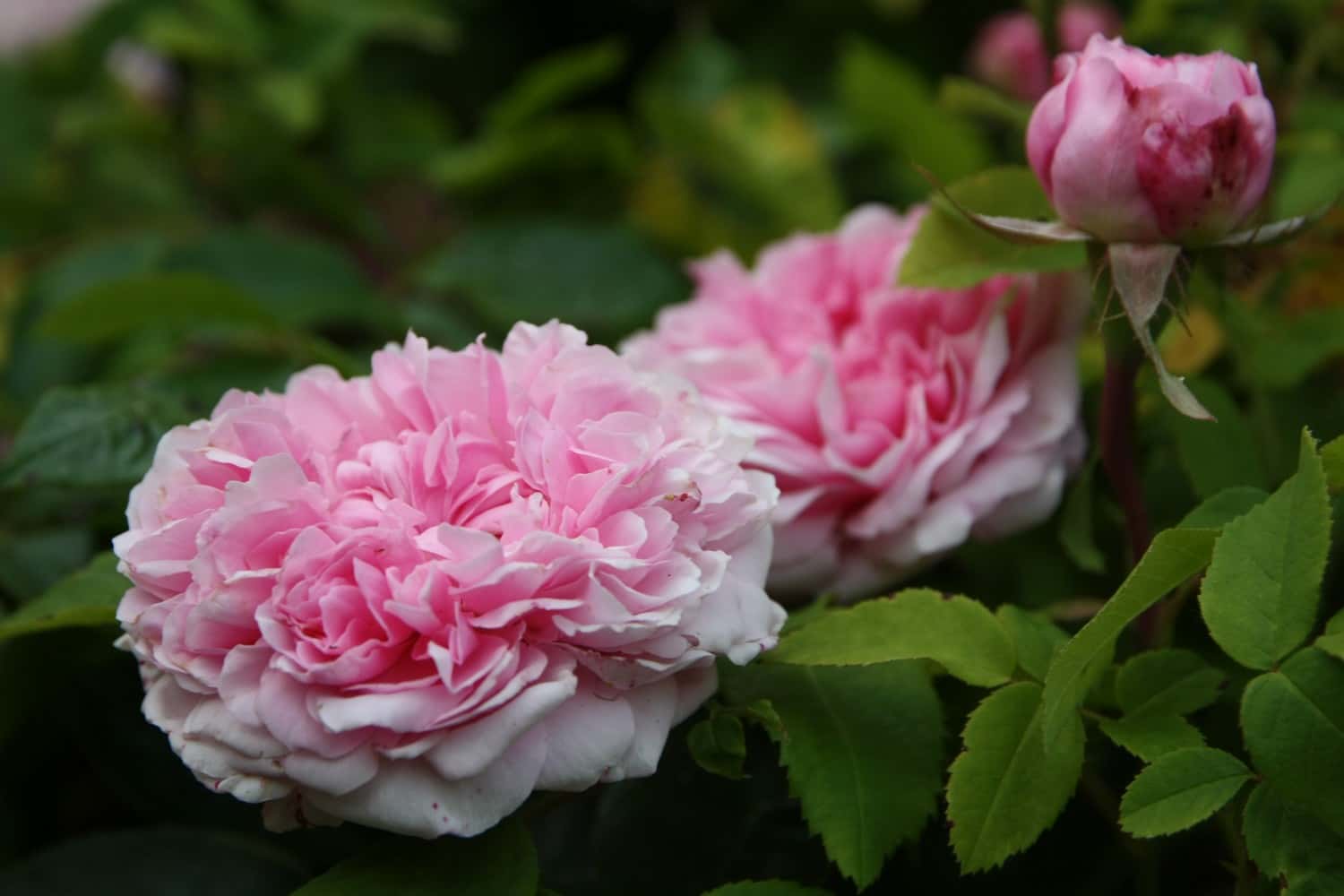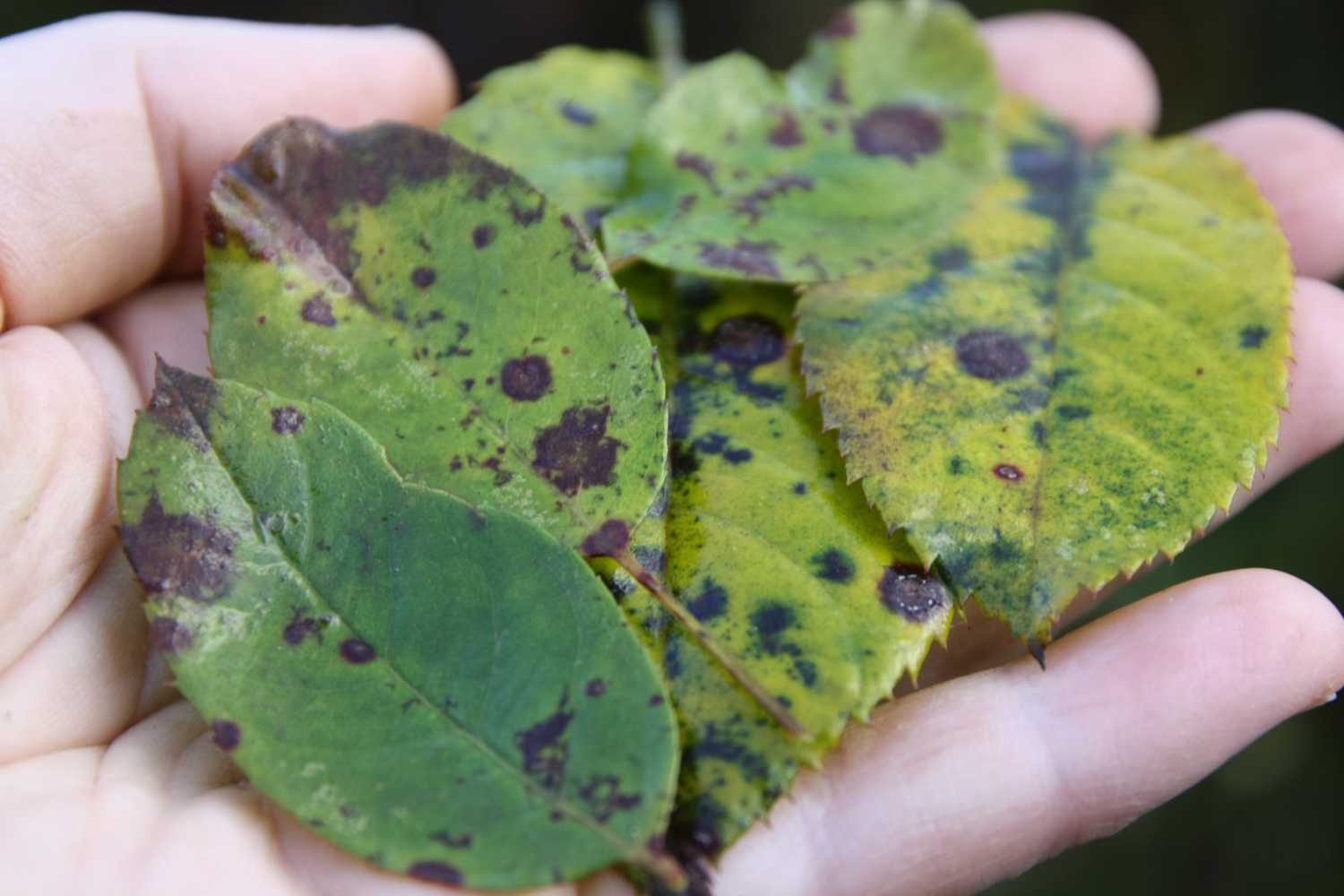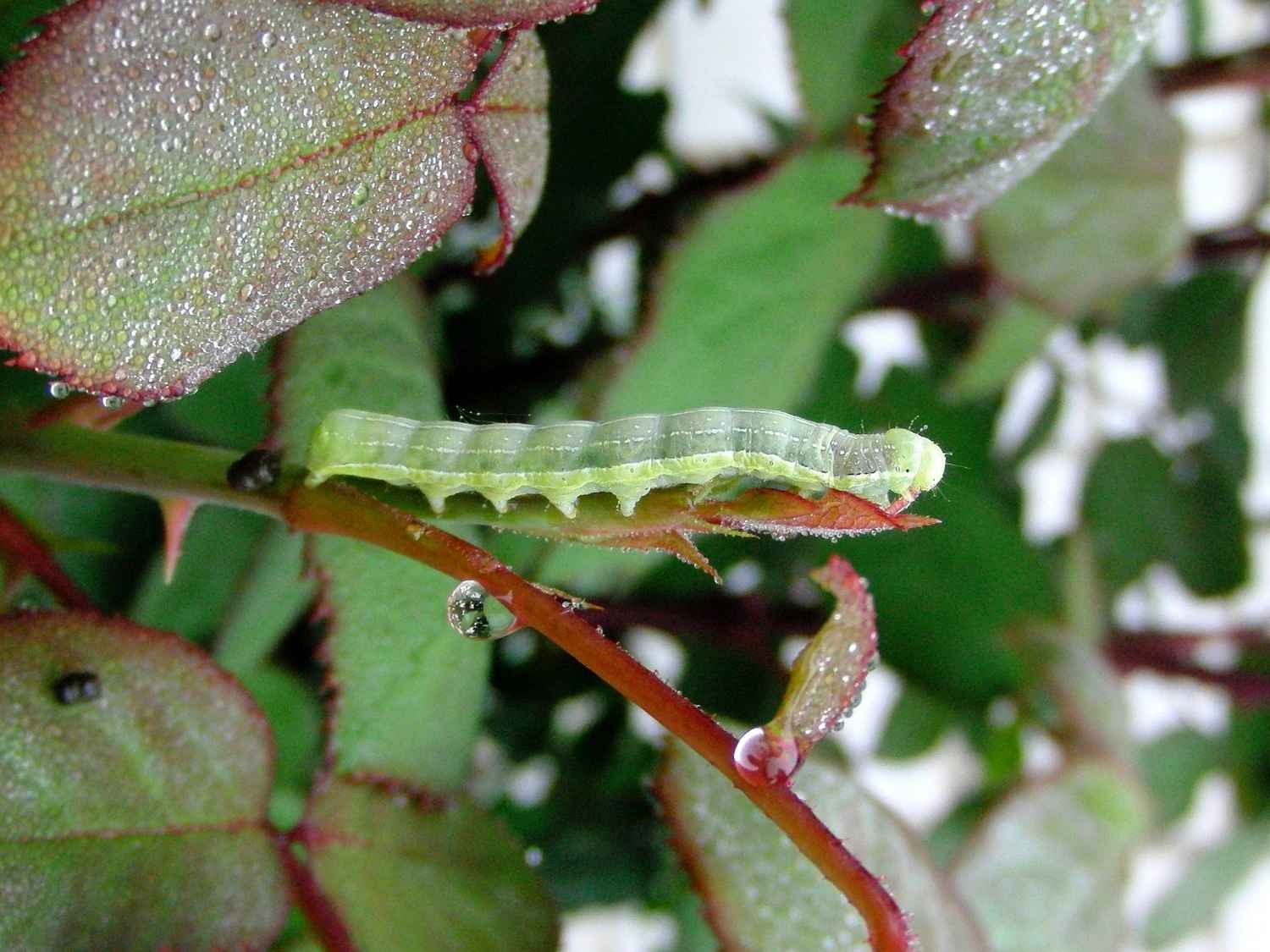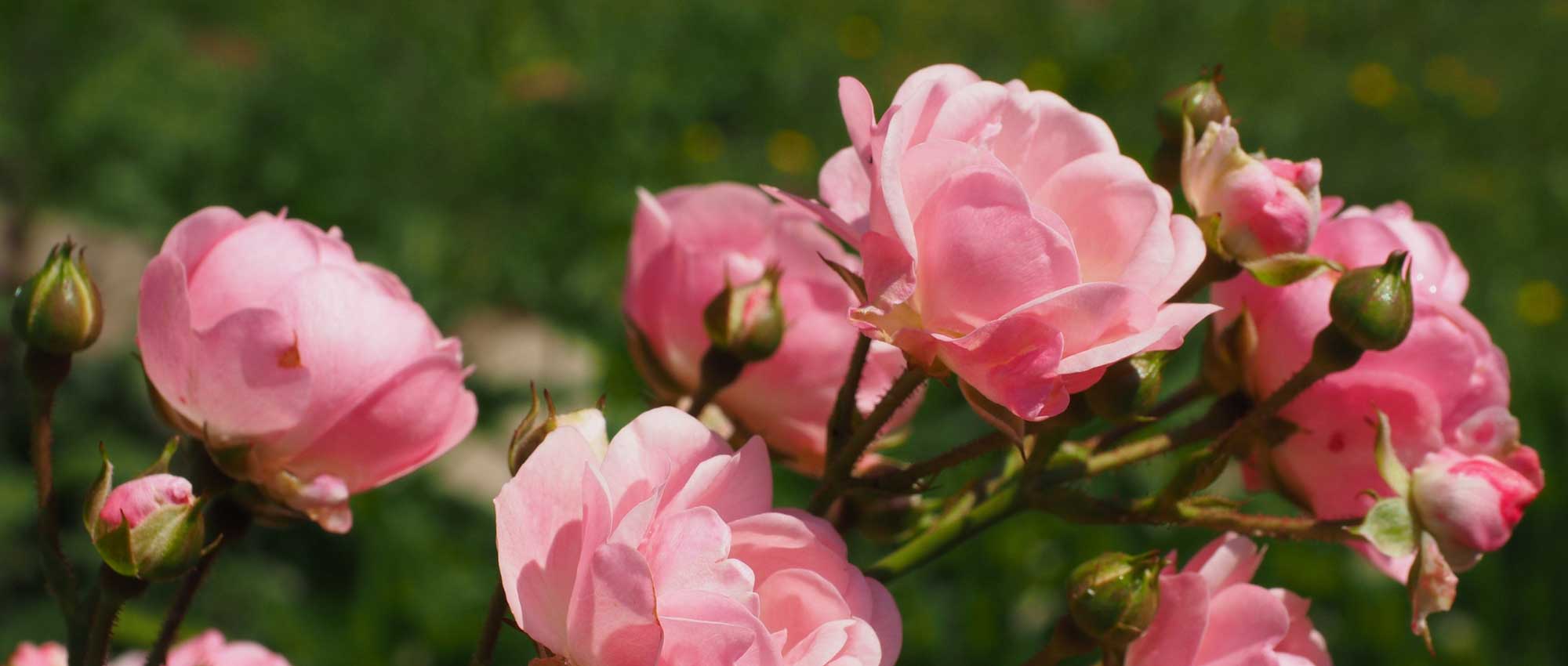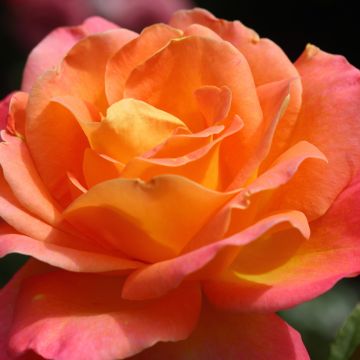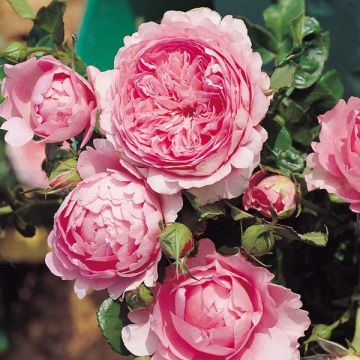

Rosa x moschata Machera - Musk rose


Rosa x moschata Machera - Musk rose


Rosa x moschata Machera - Musk rose


Rosa x moschata Machera - Musk rose
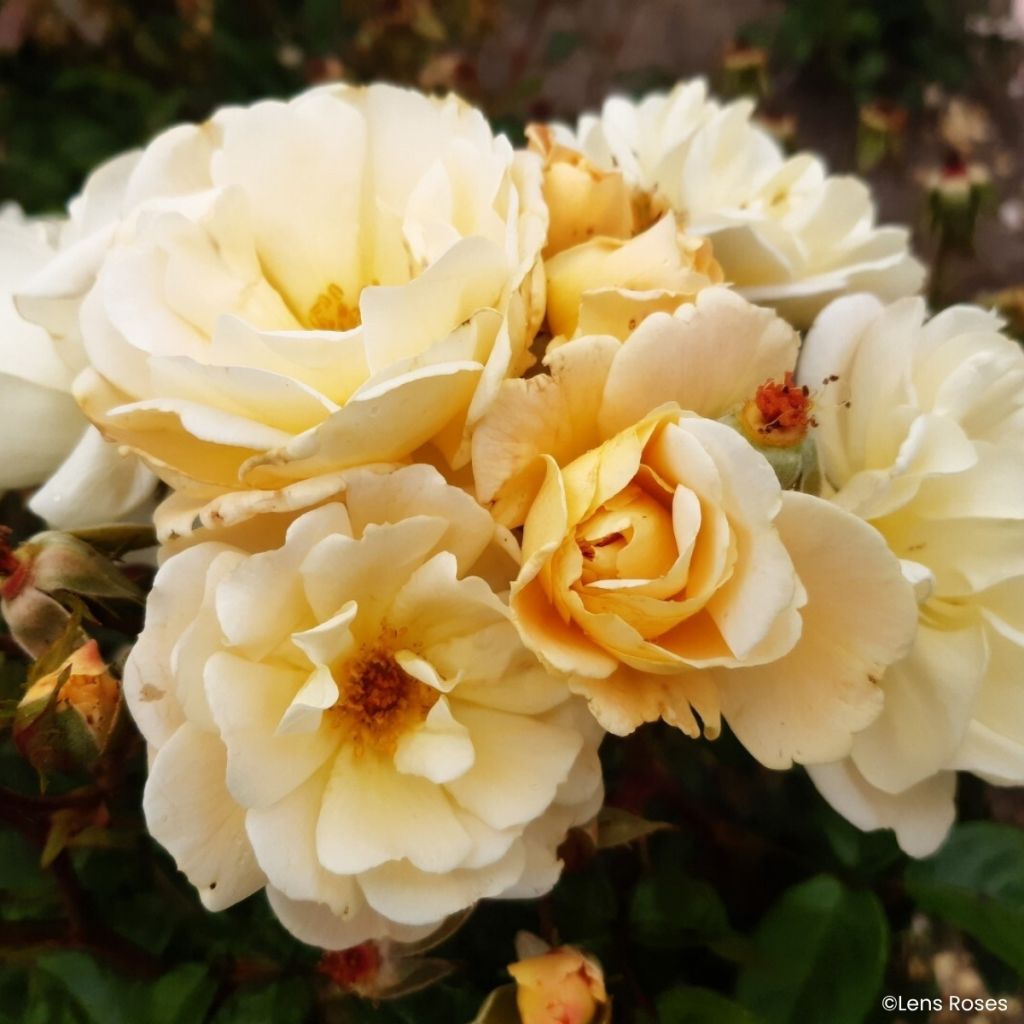

Rosa x moschata Machera - Musk rose
Rosa x moschata Machera - Musk rose
Rosa x moschata 'VEL21mgeli' Machera®
Musk Rose
Special offer!
Receive a €20 voucher for any order over €90 (excluding delivery costs, credit notes, and plastic-free options)!
1- Add your favorite plants to your cart.
2- Once you have reached €90, confirm your order (you can even choose the delivery date!).
3- As soon as your order is shipped, you will receive an email containing your voucher code, valid for 3 months (90 days).
Your voucher is unique and can only be used once, for any order with a minimum value of €20, excluding delivery costs.
Can be combined with other current offers, non-divisible and non-refundable.
Home or relay delivery (depending on size and destination)
Schedule delivery date,
and select date in basket
We guarantee the quality of our plants for a full growing cycle, and will replace at our expense any plant that fails to recover under normal climatic and planting conditions.
Description
The 'Machera®' Rose, like many hybrid musk roses, offers an abundant flowering in clusters that renew themselves from June to October. Its double and light corollas, with a slight herbaceous fragrance, open in apricot yellow then fade to cream, revealing their pretty bouquet of stamens. A charming, generous rose, easy to to grow in any type of soil, even in partial shade.
This rose belongs to the Rosaceae family. Selected by Lens Roses in Belgium and introduced in 2023, it is registered under the cultivar name 'VEL21mgeli'; Machera pays tribute to Grevenmacher, in Luxembourg, where it was christened.
The bush forms an upright, bushy habit reaching 80 to 100 cm in height with a similar spread. Its stems bear prickles and deciduous foliage, of a medium green, glossy, formed of lanceolate leaflets. The opulent, ramified inflorescences carry very numerous flowers approximately 7 cm in diameter, semi-double to double; the buds and young corollas are a soft apricot yellow, then quickly turn to buff before finishing white cream. The flower colour is more pronounced late in the season, when the nights cool down. The flower opens flat, revealing golden stamens. The rather discreet fragrance reveals herbaceous notes. Flowering begins in June and renews itself until October in successive waves; if not cut, some flowers produce small hips late in the season. The plant is hardy down to −15 °C, it appreciates non-scorching sun or partial shade (at least three hours of sun per day), and thrives in ordinary, well-drained soil. It tolerates dry conditions once established, but its flowering will diminish.
Place the 'Machera' shrub rose in a border in groups of three young plants or integrate it into a small informal hedge. Its very natural style pairs well with the light flowering of Nepeta ‘Walker’s Low’ and with blue hardy geraniums. Also combine it with shrubby cinquefoils in orange or white and other musk roses like 'Waterloo' (white), 'Apricot Bells' (pinky yellow) or 'Kathleen' (with decorative fruiting). You can also grow it in a large 30-litre pot to decorate your terrace.
The name of this rose evokes the history of Grevenmacher, a Moselle town in France known for its vineyards; the soft hue of its flowers recalls the white wines of the valley, a nod to the terroir that witnessed the christening of the cultivar.
Rosa x moschata Machera - Musk rose in pictures
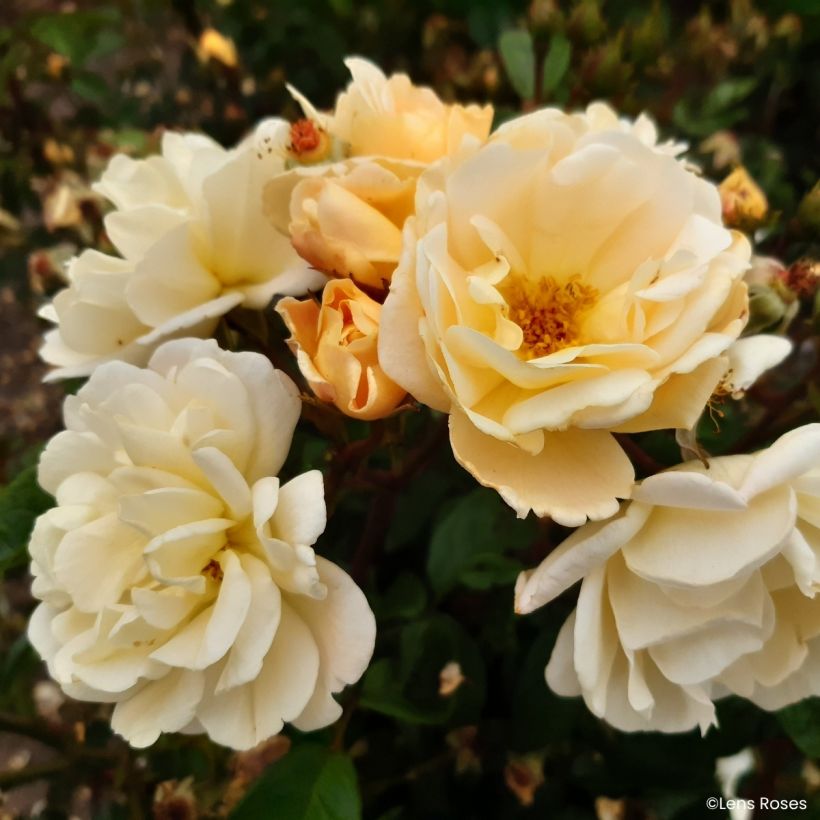

Plant habit
Flowering
Foliage
Botanical data
Rosa
x moschata
'VEL21mgeli' Machera®
Rosaceae
Musk Rose
Rosa 'Machera', Rosa 'VEL21mgeli'
Cultivar or hybrid
Planting and care
The 'Machera' rose bush should be planted in the sun, but it also tolerates partial shade, particularly in the sunniest and warmest regions. It will adapt to any garden provided the soil is well worked and sufficiently rich. Although repeat flowering, its flowering will diminish in summer if conditions are too dry, resuming in autumn with the return of rain. To plant your rose bush, work your soil by breaking it up finely and placing an amendment such as dried blood or dehydrated horn at the bottom of the planting hole. Water thoroughly after planting to eliminate air pockets. Water regularly for a few weeks to encourage root establishment. Pruning is limited to removing dead wood; you may also thin the centre of the bush by pruning crossing branches. As flowering progresses, remove faded flowers to stimulate the development of other buds.
Rose bushes often become spotted or unsightly by late summer, but this is not a problem for their development. These spots are not harmful to the rose bush; it is a natural phenomenon. Follow our advice to remedy this and consult our article: Help: I have spots on my rose bushes
Planting period
Intended location
Care
Planting & care advice
This item has not been reviewed yet - be the first to leave a review about it.
Similar products
Haven't found what you were looking for?
Hardiness is the lowest winter temperature a plant can endure without suffering serious damage or even dying. However, hardiness is affected by location (a sheltered area, such as a patio), protection (winter cover) and soil type (hardiness is improved by well-drained soil).

Photo Sharing Terms & Conditions
In order to encourage gardeners to interact and share their experiences, Promesse de fleurs offers various media enabling content to be uploaded onto its Site - in particular via the ‘Photo sharing’ module.
The User agrees to refrain from:
- Posting any content that is illegal, prejudicial, insulting, racist, inciteful to hatred, revisionist, contrary to public decency, that infringes on privacy or on the privacy rights of third parties, in particular the publicity rights of persons and goods, intellectual property rights, or the right to privacy.
- Submitting content on behalf of a third party;
- Impersonate the identity of a third party and/or publish any personal information about a third party;
In general, the User undertakes to refrain from any unethical behaviour.
All Content (in particular text, comments, files, images, photos, videos, creative works, etc.), which may be subject to property or intellectual property rights, image or other private rights, shall remain the property of the User, subject to the limited rights granted by the terms of the licence granted by Promesse de fleurs as stated below. Users are at liberty to publish or not to publish such Content on the Site, notably via the ‘Photo Sharing’ facility, and accept that this Content shall be made public and freely accessible, notably on the Internet.
Users further acknowledge, undertake to have ,and guarantee that they hold all necessary rights and permissions to publish such material on the Site, in particular with regard to the legislation in force pertaining to any privacy, property, intellectual property, image, or contractual rights, or rights of any other nature. By publishing such Content on the Site, Users acknowledge accepting full liability as publishers of the Content within the meaning of the law, and grant Promesse de fleurs, free of charge, an inclusive, worldwide licence for the said Content for the entire duration of its publication, including all reproduction, representation, up/downloading, displaying, performing, transmission, and storage rights.
Users also grant permission for their name to be linked to the Content and accept that this link may not always be made available.
By engaging in posting material, Users consent to their Content becoming automatically accessible on the Internet, in particular on other sites and/or blogs and/or web pages of the Promesse de fleurs site, including in particular social pages and the Promesse de fleurs catalogue.
Users may secure the removal of entrusted content free of charge by issuing a simple request via our contact form.
The flowering period indicated on our website applies to countries and regions located in USDA zone 8 (France, the United Kingdom, Ireland, the Netherlands, etc.)
It will vary according to where you live:
- In zones 9 to 10 (Italy, Spain, Greece, etc.), flowering will occur about 2 to 4 weeks earlier.
- In zones 6 to 7 (Germany, Poland, Slovenia, and lower mountainous regions), flowering will be delayed by 2 to 3 weeks.
- In zone 5 (Central Europe, Scandinavia), blooming will be delayed by 3 to 5 weeks.
In temperate climates, pruning of spring-flowering shrubs (forsythia, spireas, etc.) should be done just after flowering.
Pruning of summer-flowering shrubs (Indian Lilac, Perovskia, etc.) can be done in winter or spring.
In cold regions as well as with frost-sensitive plants, avoid pruning too early when severe frosts may still occur.
The planting period indicated on our website applies to countries and regions located in USDA zone 8 (France, United Kingdom, Ireland, Netherlands).
It will vary according to where you live:
- In Mediterranean zones (Marseille, Madrid, Milan, etc.), autumn and winter are the best planting periods.
- In continental zones (Strasbourg, Munich, Vienna, etc.), delay planting by 2 to 3 weeks in spring and bring it forward by 2 to 4 weeks in autumn.
- In mountainous regions (the Alps, Pyrenees, Carpathians, etc.), it is best to plant in late spring (May-June) or late summer (August-September).
The harvesting period indicated on our website applies to countries and regions in USDA zone 8 (France, England, Ireland, the Netherlands).
In colder areas (Scandinavia, Poland, Austria...) fruit and vegetable harvests are likely to be delayed by 3-4 weeks.
In warmer areas (Italy, Spain, Greece, etc.), harvesting will probably take place earlier, depending on weather conditions.
The sowing periods indicated on our website apply to countries and regions within USDA Zone 8 (France, UK, Ireland, Netherlands).
In colder areas (Scandinavia, Poland, Austria...), delay any outdoor sowing by 3-4 weeks, or sow under glass.
In warmer climes (Italy, Spain, Greece, etc.), bring outdoor sowing forward by a few weeks.




































